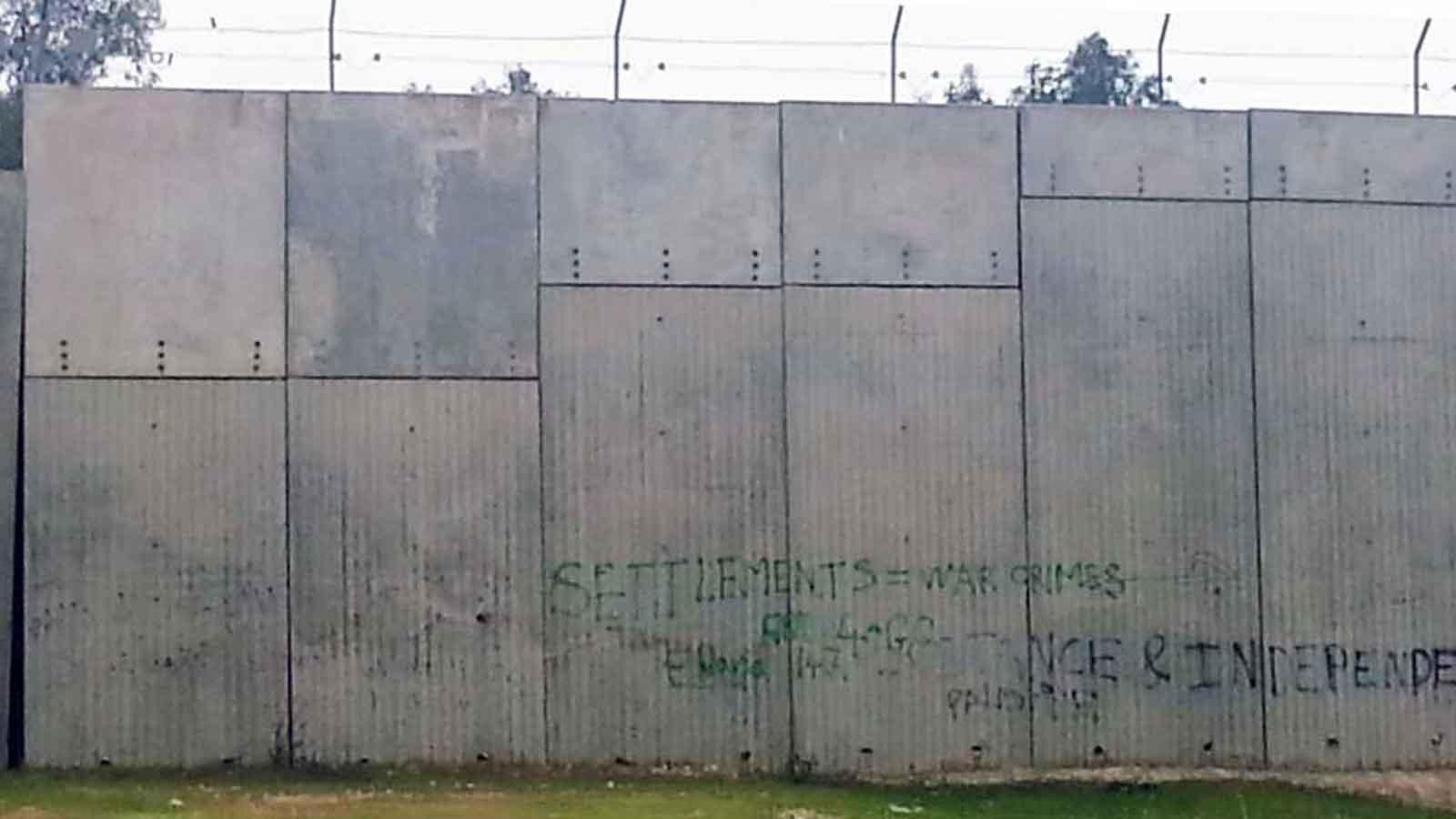The Barrier
-
The Barrier

-
The construction of a wall along the 1948 armistice line or “Green Line” was first proposed by Israel in 1994, as a security barrier against terrorism.

-
In 2002, construction began.

-
The Barrier consists of concrete walls, fences, ditches, razor wire, groomed sand paths, an electronic monitoring system, patrol roads, and a buffer zone.

-
It separates Palestinian communities from their farmland, from their families, and from the rest of the West Bank.

-
It impedes access to services and resources, disrupts family and social life, undermines livelihoods, and compounds the fragmentation of the Occupied Palestinian Territory.

-
The following verses are adapted from The Boy And The Wall, a publication by the Lajee Center.

-
The story was made by youth at the center.

-
“I will become a kite and fly over the wall!” said the boy.

-
“If you become a kite and fly over the wall,” said his mother,

-
“then I will become a clever little child, the best in the neighborhood at kite-flying…

-
…and I will tie ribbons to you, and fly you high above the wall, all the way to Jerusalem!”

-
“Or maybe I will become a mountain…

-
…so that I can be bigger than the wall, and see over it,” said the boy.

-
“If you become a mountain and become bigger than the wall,” said his mother,

-
“I will become a farmer and plant olive trees…

-
…and tend to you and live from the olives you bear.”

-
“Perhaps I will become a great fig tree in an old grove…

-
…and as I bear delicious fruit to the people of the refugee camp…

-
…my roots will grow thick, and break apart the wall.”

-
“If you become a great fig tree in a old grove…

-
…and bear delicious fruit to the people of the refugee camp,” said his mother,

-
“I will become the moon, and shine down on you with white proud light.”

-
The Separation Barrier

-
Around 11,000 Palestinians living in 32 communities located between the Barrier and the Green Line must obtain permits or make special arrangements to live in their own homes.

-
Approximately 150 Palestinian communities have land located behind the Barrier, forcing residents to seek special permits or 'prior coordination' to access it.

-
Access to agricultural land through the Barrier is channeled through 74 gates, the majority of which only open during the olive harvest.

-
The International Court of Justice ruled that the Barrier is a violation of international law.

-
Palestinians call the Barrier an apartheid wall.

-

